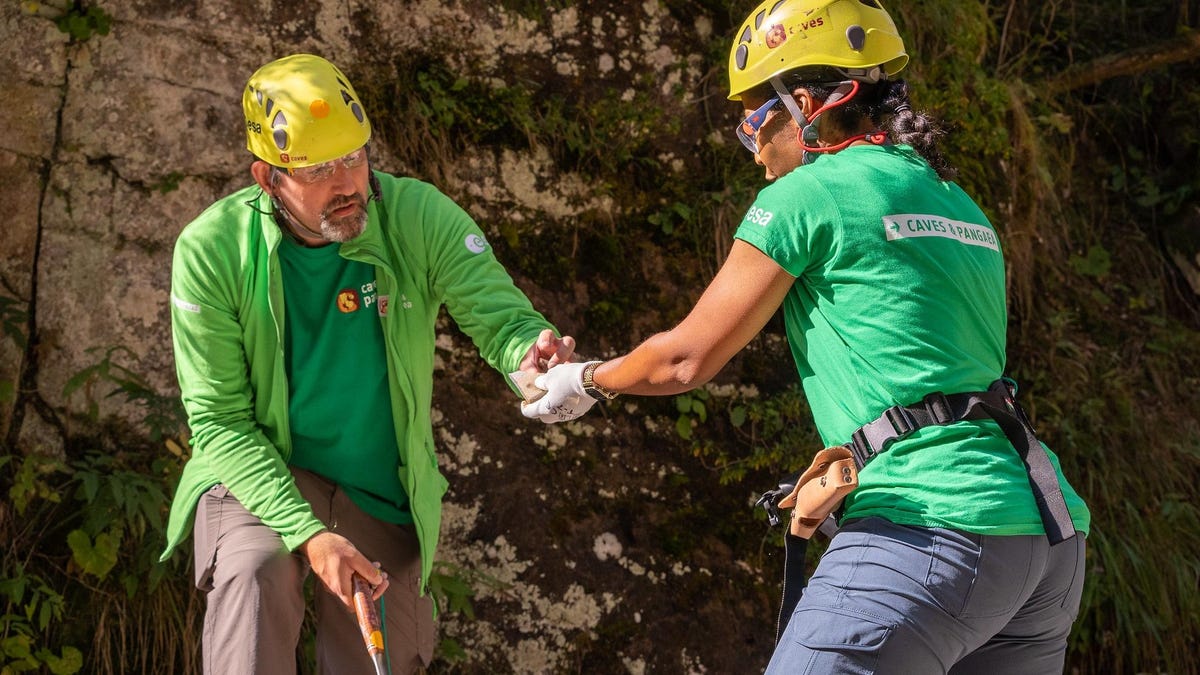
The training began in the Italian Dolomites, a massive mountain range in Northern Italy that contains around 10 billion tons of rock from the most recent glacial age and dated to around 18,000 years ago. There, the astronauts will learn about Martian geology as the layers of rock at the Bletterbach canyon underwent a similar sedimentary process as rocks on Mars, according to ESA.
Advertisement
On September 12, the astronauts will travel to the Ries crater in Germany, which is one of the most well-preserved impact craters on Earth. Interestingly, Apollo-era astronauts also trained there before their trip to the Moon. ESA says Ries crater formed around 15 million years ago when a giant asteroid impacted Earth, releasing one trillion times the energy of the Hiroshima atomic bomb. It serves as an analog for the craters on the Moon, which chronicles the history of our natural satellite and the early solar system.
Following their trip to the crater, the astronauts will head to Spain in November to explore the volcanic landscapes of Lanzarote. The basaltic lava flows of that region resemble vast plains on the lunar maria—large areas formed by ancient asteroid impacts on the far side on the Moon that triggered volcanic activity on its near side. Scientists believe the Moon exhibited extensive volcanic activity until around two billion years ago, and Lanzarote serves as the perfect landscape to study the geological interactions between volcanic activity and water, as ESA points out.
G/O Media may get a commission
Advertisement
Astronauts Gerst and Wilson will work on their own to collect geological data from these sites, as well as in coordination with ground teams. “We want them to find and collect the most interesting samples during their future expeditions and be ready for their mission and landing site specific training,” Loredana Bessone, Pangaea’s Project Lead, said in a statement.
NASA’s Artemis program is designed to not only return astronauts to the Moon, but to maintain a sustainable presence on the lunar surface such that the space agency can regularly conduct science experiments on Earth’s satellite. The space agency is currently trying to fix a pesky hydrogen leak before launching the inaugural Artemis 1 mission to the Moon, the date of which has not yet been announced. Hopefully, NASA’s massive Moon rocket lifts off soon so that these astronauts can get to work on the lunar surface.
Advertisement
More: Wild Research Concept Envisions an Inflatable Village on the Moon.